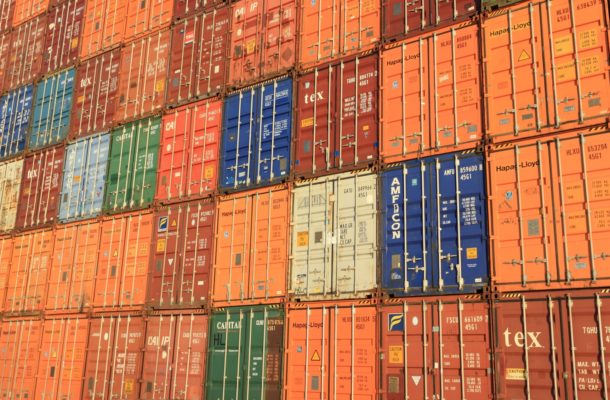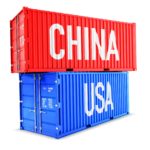The great China–US trade face-off

Some people think the difficulties in international economic policy that we face today all arose with the election of US President Donald Trump. That is oversimplification of the matter.
They are a consequence of significant shocks to economic and trade systems through the global financial crisis as well as of long-term structural changes in the global economy that have been shaking the system for some time.
These changes include the emergence of China and its accommodation in the global system. In North America itself, there are long-term structural problems that have caused the maldistribution of gains from international trade on which Trump built his claim to the presidency.
Trump and many of his followers blame China for these American woes, but most are structural problems of the US’s own making and their solution is in American hands alone. They require deep institutional and policy shifts and a different approach to social as well as international trade policy.
The notion that the United States has not reaped huge benefits and gains from international trade is fantasy; US national income growth has been boosted massively by the gains from trade. But the distribution of the gains from trade is poorly served by domestic institutions such as health, education and adjustment policies and by policies that have not seen real household incomes rise for decades.
This won’t change quickly, certainly not in a presidential term: it will take a generation to fix.
Trump has declared trade war to right the wrongs that he says the US has been done by its trading partners, notably by China. He blames them for the US trading deficits. As 99 per cent of the economics profession will tell him, that’s not the case.
US trade deficits are a product of the US’s spending more than it earns and covering the extra spending by importing capital in some form or other. There are issues to be negotiated with the rules of international trade and commerce, but they have little to do with righting international trade imbalances.
Trump’s trade war is yet to be engaged. Perhaps it is, as some would argue, merely a negotiating tactic, designed to shift the system forward. But it is a costly and a risky tactic. His talk of trade war has spooked financial markets. His fuelling spending through tax cuts and delayed-action trade war will add to US imports. More importantly, his flaunting WTO trade rules blows US leadership credibility and makes it easier for other countries to tear down the system.
So what is China’s response to all of this?
Yao Yang points out that ‘[t]he mood in Washington has shifted from engaging with China to hedging against it. US elites no longer care about what is happening inside China, be it economic liberalisation or human rights violations. They only care about how China impacts on the United States. The Chinese bargaining chips that used to please the United States, such as small steps of market opening and large purchases of US goods, do not work anymore’.
Yao identifies technology competition as the underlying issue that now confronts the China–US relationship. The major justification for Trump’s ill-advised declaration of trade war is Chinese ‘theft’ of US intellectual property and ‘forced technology transfer’.
Measures to transfer technology through investment policy have been part of legitimate policy to promote industrial development across all the ‘catch-up’ countries, like Japan, South Korea as well as China.
Historically the United States of course played the same game. The additional dimension in China’s case is the alleged state-mandated theft. All of that certainly needs to be negotiated when it matters. But it doesn’t recommend tearing down the global trading system. The priority should rather be upon investment facilitation and an investment agreement that deals with these issues.
‘Punitive tariffs’, says Yao, ‘are just the warm up for a coming marathon in technological competition. In the years ahead, it is highly likely that the Trump administration will tighten up its control on Chinese companies’ merger and acquisition activities in the United States’.
As for China’s response, Yao argues that ‘it is imperative for policymakers to recognise the change of attitude in Washington and form a new strategy to deal with the United States. A more domestically oriented policy is needed. Announcing retaliative tariffs is a short-term response. The right long-term response is to continue China’s reform and opening policy, which has been critical to China’s 40 years of high growth’.
For the rest of the world, this is a time when wait-and-see strategies are no longer viable. It is a time that requires strategic response, particularly from partners in the Asian region.
Asia has more at stake in the global system than any other part of the world — its economies depend on the open rules-based system not only for their economic prosperity but also for their political security.
The appeal to the rules-based system is a critically important dimension of protecting economic security and of political security more broadly. We need to stand firm now in the face of the threat to the global trade regime.
The dynamic of Asian growth depends importantly upon keeping with the reform agenda and encouraging entrenchment and deepening — including by China, the Southeast Asian economies and India — of the open rules-based international trading system.
Dr Shiro Armstrong is a Research Fellow at the Crawford School of Economics and Government, Australian National University, Executive Director of the East Asian Bureau of Economic Research and Co-Editor and Co-Founder of both the East Asia Forum and East Asia Forum Quarterly.






